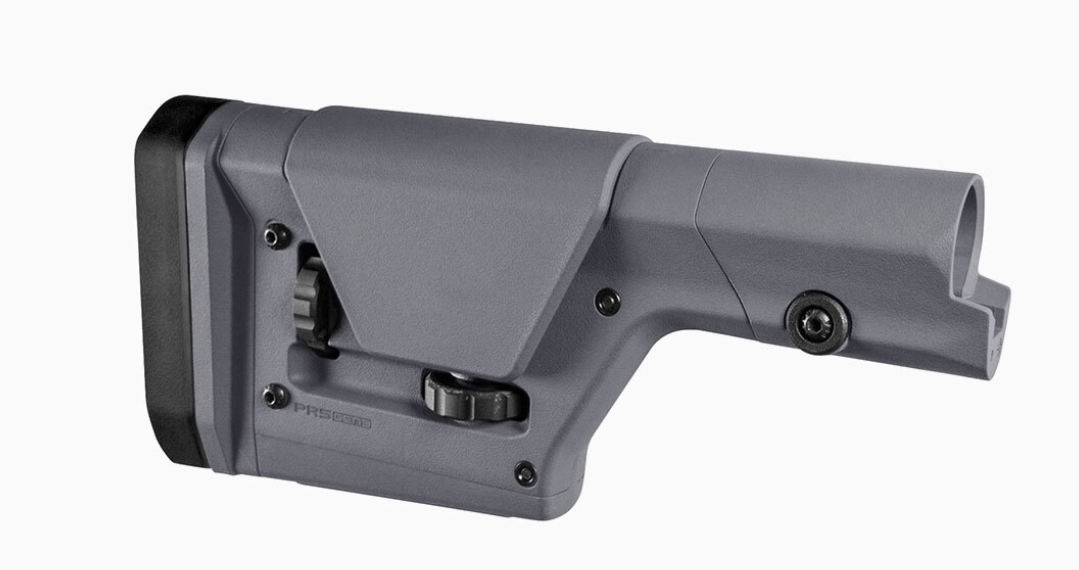Real gun collecting aficionados know how important body armor is. Not only can it save you in less than ideal conditions like if you are stuck in a crossfire, but also protect you in close combat with melee weapons like a knife. There are 3 main types of body armor, each serving a different purpose than the other. No one armor works in every situation so it is important to know where they differ in order to make the right buying decision. In this blog post, we will learn the importance of body armor as part of gun accessories you must have, and what types there are.
So, without further ado, let’s begin!
3 Main Types of Body Armor – Gun Accessories:
Body armor accessories play a vital role in completing a gun collection. Without armor, you don’t get the essential protection you need out there on the field. Let’s discuss the different types of body armor you can get your hands on.
Edged-Blade Protection:
A body armor tailor-made for protection against melee attacks like knives, broken bottles and axes in close combat. It differs from bulletproof armor in the way it was designed and built. The armor is made from laminate or chain mail that covers the hard protective material underneath and prevents sharp objects from cutting and penetrating it. A lot of people make the mistake of thinking that a bullet proof vest can protect them from knives but it is not true at all. As a matter of fact, a bulletproof vest would be less useful in a knife attack than edged-blade armor.
Multi-Threat Armor:
As we just learned, stab-proof armor cannot protect you against a bullet. Similarly, bulletproof armor cannot protect against knife attacks. However, with the advancement in technology with time, it is now possible to add kevlar plates to stab-proof vests. This enables them to not only protect you against sharp objects but can also stop bullets. This type of armor is best for those who know they will be facing multiple different kinds of weapons, or those who have little knowledge about what weapons the enemy is carrying.
If you are looking for quality body armors that get the job done and don’t skimp on quality, we recommend you check out trustworthy gun stores like Infinite Ammo as their years of expertise and knowledge in the field can be of great help to you.
Ballistic Protection:
This one is the most common type of bulletproof armor and its ability to resist bullets is based on the level the armor it’s categorized at. There are 5 different levels called level IIA, level II, level IIIA, level III, and level IV. Most common types of firearms like the .357 magnum, 9mm, and .45 magnum can be stopped by level IIA and level IIIA and that is what most people need. However, how well the armor will protect you from the fire depends on how close the weapon was shot.
So, these were the three main types of body armors that you can get your hands on. Now that you have all the knowledge about them, you can make an informed decision and go for the one that suits your needs best. Body armor is an essential part of gun accessories that everyone should pay attention to. They can literally be a lifesaver in several situations and you want to be protected at all costs. If you made it to the end of this article, we believe you are more than ready to explore the world of body armors.
For further information, please visit the FAQs section below.
Frequently Asked Questions:
Can you legally have body armor?
In the United States, you can legally own body armor like a bulletproof vest to protect yourself. However, if you are a convicted felon, you are not allowed to possess body armor.
Will kevlar armor stab a knife?
A kevlar vest that is rated for stab and spike protection can protect you from knife attacks however kevlar on its own is better for bullet protection. A knife can cut right through it.
Are trauma pads necessary?
Trauma pads absorb the impact from the firearm when the shot hits you. It is especially useful against shotguns where the impact is high and is shot from a close range.
Are steel armor plates bad?
Steel armor plates are not the best to use as they can deflect the bullets towards the person wearing the armor and also do not do a good job at absorbing the impacts from the bullets.
Read Also: 6 Must-Have Accessories for Metal Detecting Finds








